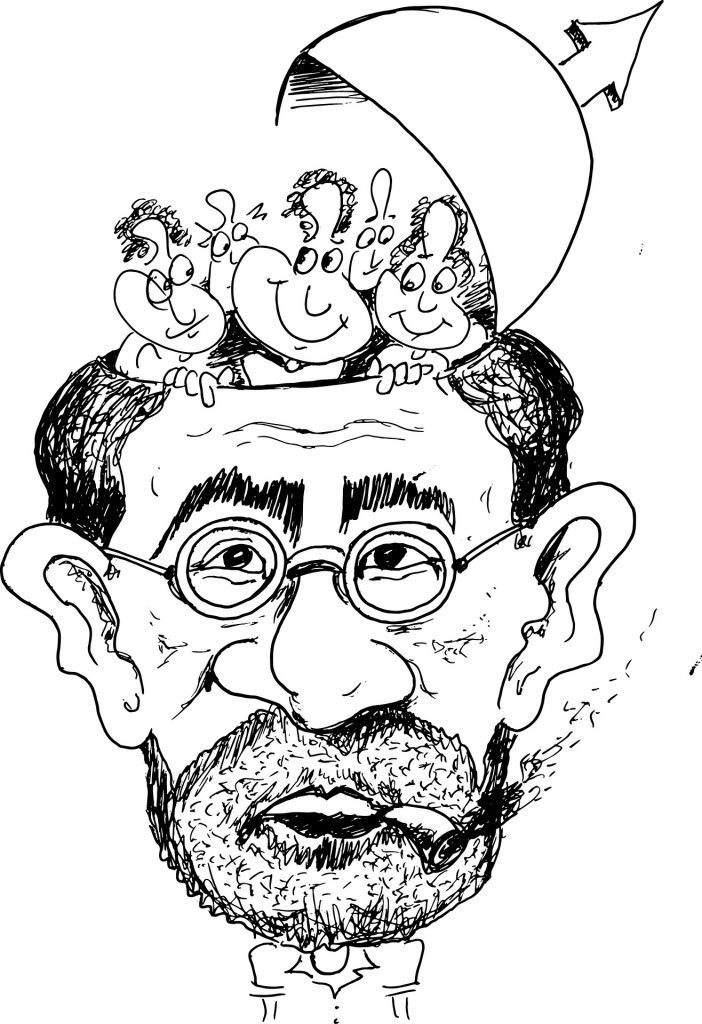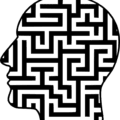Psychoanalysis: principles and functionality- [/ whohit]
Psychoanalysis (standard procedure)
“Psychoanalysis is a psychological theory, cultural theory, psychotherapeutic treatment and self-experience method that was founded by the Viennese neurologist Sigmund Freud around 1890. The various schools of deep psychology later developed from psychoanalysis.” (Wikipedia)
Psychoanalysis: principles
Psychoanalysis works “psychodynamically and encourages regression”. I.e. The core of the therapy is memory and relationship work.
An unconscious impulse defense conflict is assumed to be the cause of the disorder.
Disorder is usually triggered by a recent life history event. This leads to the reactualisation of the underlying unconscious childhood conflict.
The actual conflict is the subjective reason for a psychotherapy request. The patient experiences painful or embarrassing feelings, that are mobilising defense mechanisms. He confuses the (conscious) occasion with its – hidden, because unconscious – cause.
e.g .: A repeated, actual separation experience leads reactively to avoiding relationships with the consequence of being alone (compulsion to repeat)!
e.g .: A repeated, actual failure experience leads reactively to withdrawal and avoidance with the consequence of stagnating personal development (compulsion to repeat)!
e.g .: A repeated, actual traumatic experience leads reactively to react aggressively and dismissively at an early stage, with the consequence of renewed experience of violence (compulsion to repeat)!
The maturation in psychoanalytic therapy can also be demonstrated today by means of neurobiological changes through appropriate imaging.
Psychoanalysis: indication
severe and profound psychological and psychosomatic disorders
Psychoanalysis: contraindication
acute psychoses
acute substance dependence
Risk of malignant regression
Psychoanalysis: background
Theory of the unconscious
Theory of unconscious impulse defense conflicts
Structural theory
Developmental conception of mental aspects (infant research, neurobiology, attachment theory, mentalization)
Development of early object relationships, unconscious fantasies, inner objects, object representations
Development of the self, concept of self-objects
Psychoanalysis: effectuation
Aims:
- Establishment of stable internal representations
- Reduction of external dependency and internal emptiness
Technique:
4-5 sessions per week 50 minutes lying down
usually 160 sessions (300 on first renewal)
psychoanalytic setting (unstructured language space between patient and psychoanalyst): free association
The neurotic compulsion to repeat is rendered transparent and resolved by interpreting resistance, transference and countertransference.
e.g .: Through his separation experiences, the patient transfers distrust to the analyst, who reacts by restoring trust;
e.g .: Through his failure experiences, the patient transfers fear and avoidance to the analyst, who, however, creates a frightening climate;
e.g .: Through his traumatic experiences, the patient shows hurtful behavior towards the analyst, who, however, protects and maintains the relationship!
Psychoanalysis: advantages
– Insight, i.e. the ability to understand current behaviour based upon past events / experiences
– Self reflection / mentalization, i.e. the ability to grasp and reflect upon own mental and emotional states, and those of others
– Experiences and new beginnings, i.e. a change in the relationship to love / hate objects, combined with anxiety reduction, and the possibility of new relationship experiences and their internalisation






